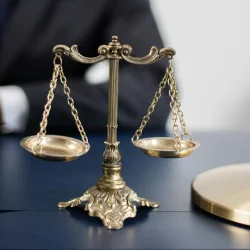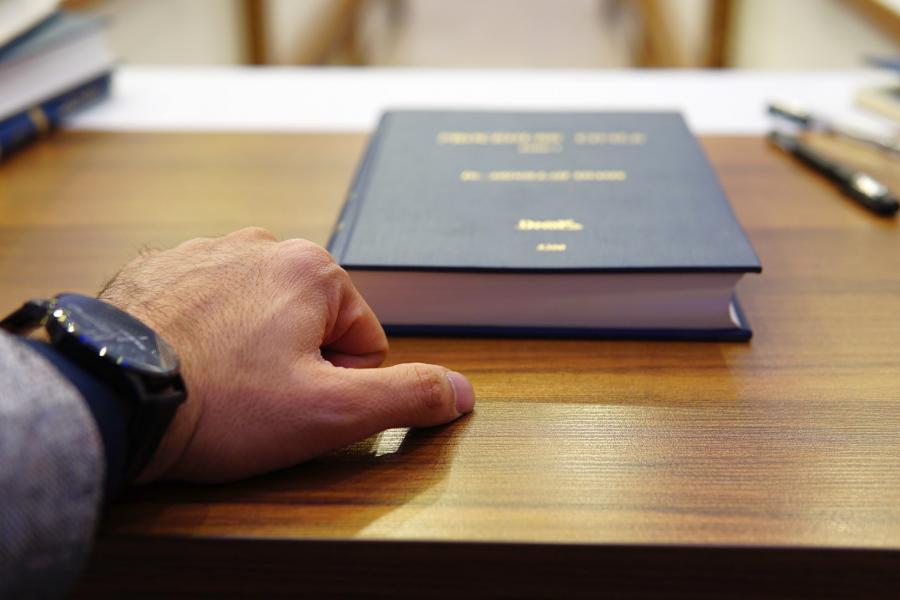Forensic Processes May Not Be as Accurate as Perceived
When a crime has been committed, revealing and holding the guilty person accountable is essential. However, that is easier said than done, especially in identifying the perpetrator of the act. Thus, the criminal investigation starts, beginning with the analysis of the scene of the crime and the collection of forensic evidence.
This forensic evidence can include clothing fibers, blood, skin cells, fingerprints, audio, saliva, handwriting, footprints, tire prints, and unlawful entry, to name a few types. Crime scene investigators - each with their own specific degree of training, experience, and ability - are tasked with gathering this evidence. They must search for, collect, preserve, and secure the evidence and send it to the appropriate laboratory for evaluation.
Forensic Science: What Is It?
Forensic science comprises different forensic disciplines, including general toxicology, firearms or tool marks, questioned documents, and trace evidence. Each discipline has extensive variability in technique, reliability, published material, methodology, error level, research, and general acceptability. The processes span those laboratory-based, those involving the interpretation of observed patterns, and those requiring the analytical skill of trained scientists.
Bias in Forensic Processes
“While forensic evidence can be a powerful tool used in convicting the guilty and exonerating the innocent, forensic investigators and experts are humans prone to biases that can lead to wrongful convictions and errors,” comments Attorney Mark Sherman of The Law Offices of Mark Sherman, LLC. Nevertheless, this revelation does not necessarily point to deficiencies in competency or ethics.
There have been cases where errors in forensic science were linked to carelessness and underqualified examiners. However, while one could find that the examiners deliberately misrepresented or fabricated evidence, there are other, more common reasons why errors might be present.
Even the most experienced, competent, and honest forensic examiner can be affected, as this concerns subconscious cognitive patterns. As such, forensic sciences are under intense scrutiny, no thanks to the alarming number of forensic science errors found in wrongful conviction cases.
Sources and Types of Errors and Bias in Forensic Science
The Journal of Forensic Sciences (JFS) has identified eight sources of bias that can impact forensic observation and conclusions. Identifying these sources is important to help one understand and fix (or attempt to fix) the issues. The journal categorizes the sources into three taxonomies: Categories A, B, and C.
Category A represents the peak of a pyramid, involving sources related to specific cases at hand. Category B involves sources relating to specific individuals conducting the analysis, and Category C encompasses sources relating to human nature. The JFS lists the sources of errors according to their order of importance, from top to bottom, as:
- Data
- Reference materials
- Contextual information
- Base rate
- Organizational factors
- Education and training
- Personal factors
- Human and cognitive factors and the brain
The Basic Types of Errors in Forensic Science
The JFS also identifies three basic types of errors to understand cognitive bias in the field. They include ethics violations, honest errors, and biased oversight.
- Ethics violation: These are intentional errors such as fabricated evidence, deliberate erroneous results, and the act of covering up mistakes
- Honest errors: These types of errors are those that occur as a result of a lack of training and mentoring. Feeling overwhelmed with work or the pressure of completing work can also lead to one committing honest errors in forensics
- Biased oversight: Here, experts are unwilling to admit that there is an influence of bias in their work
Conclusion
Forensic evidence is undoubtedly a powerful tool that can turn the tides in criminal investigations—in a good way. However, scientists and experts in the field have discovered that there are human-influenced errors, which can be deliberate or otherwise. Identifying these biases and errors can aid in understanding and, perhaps, fixing these errors.
More to Read:
Previous Posts:







